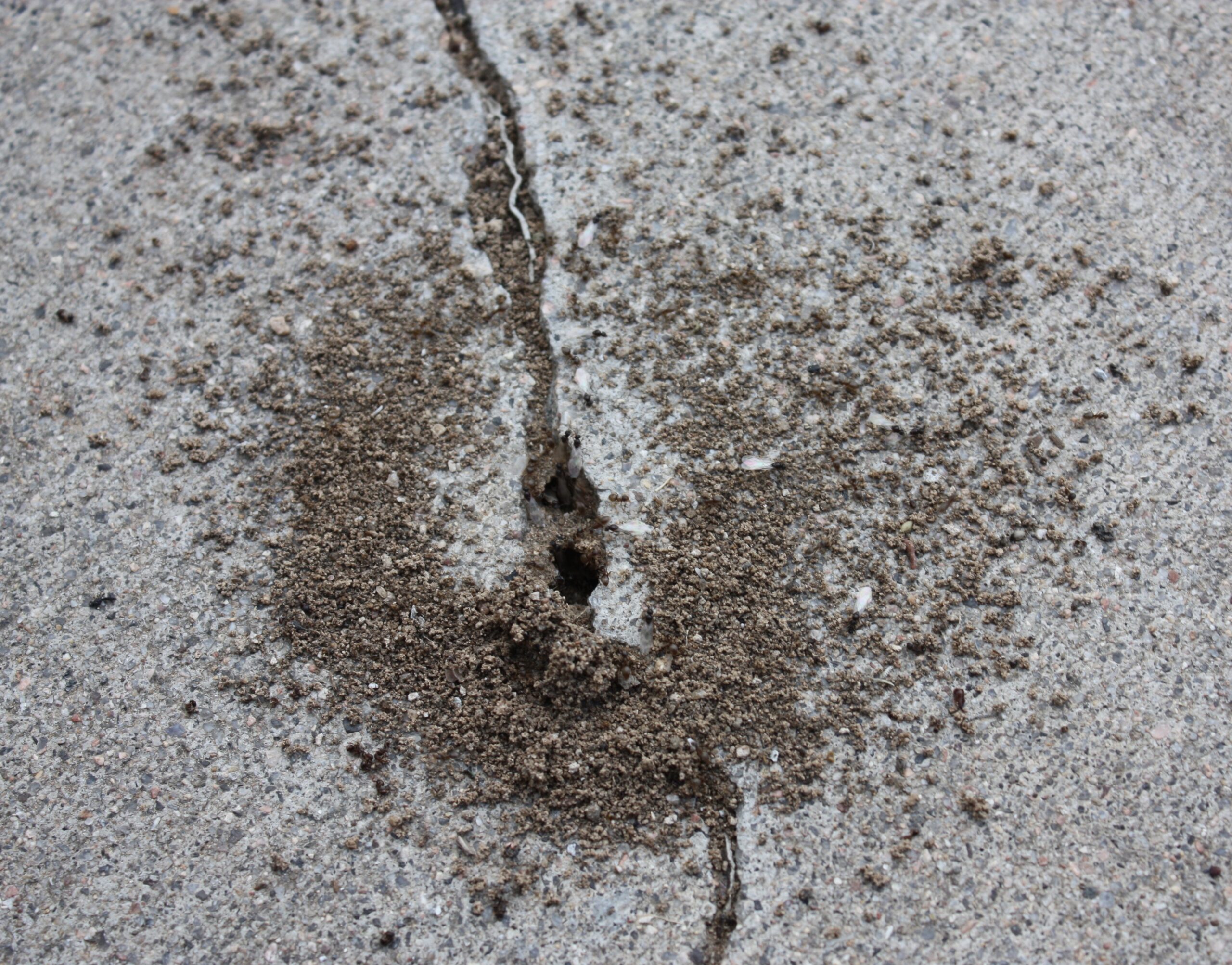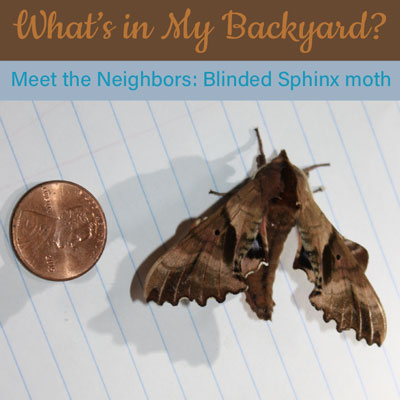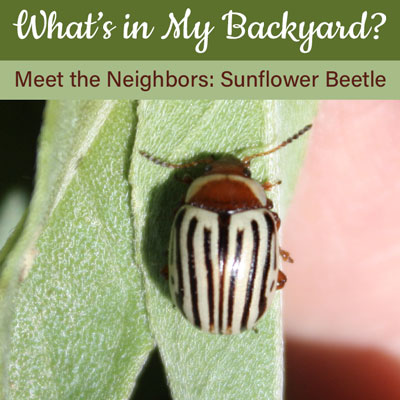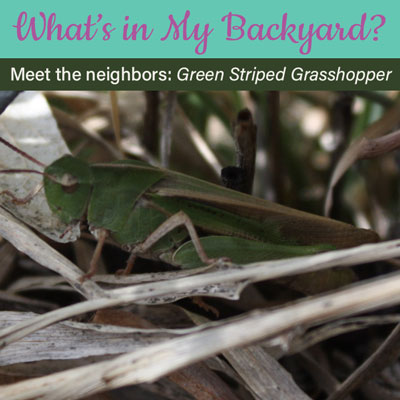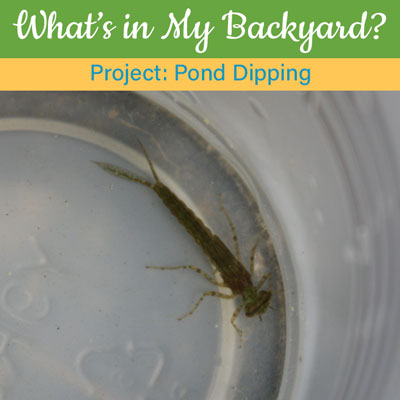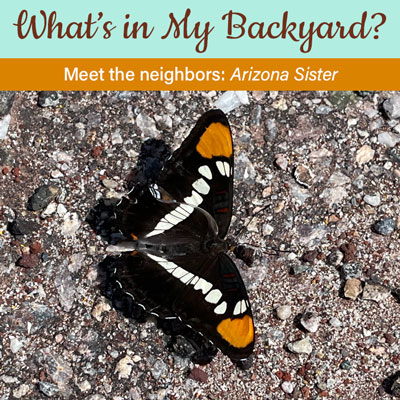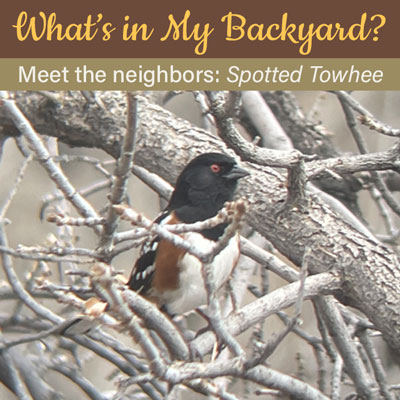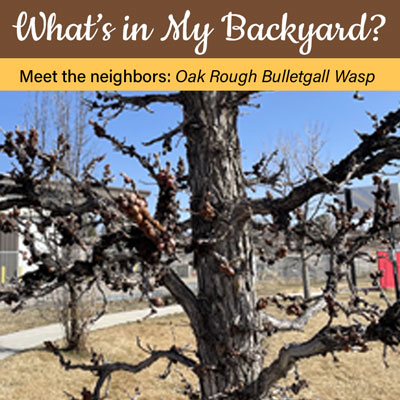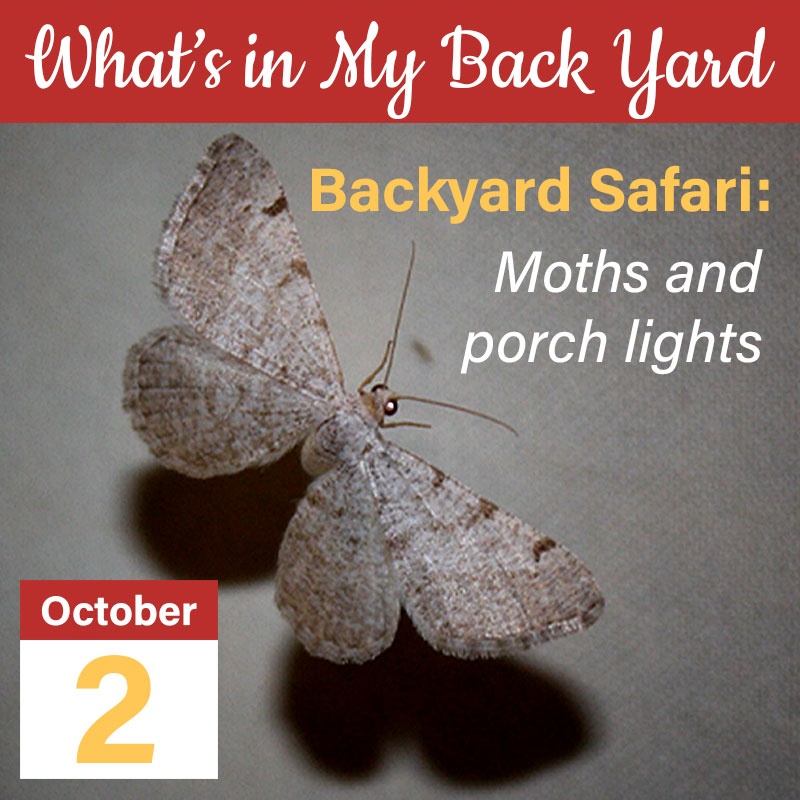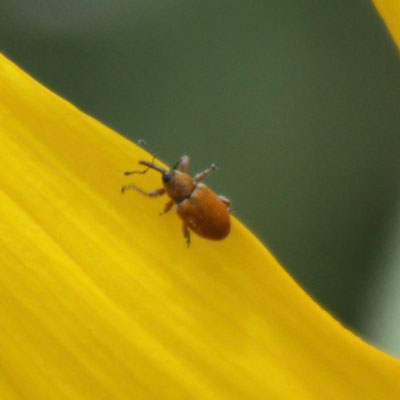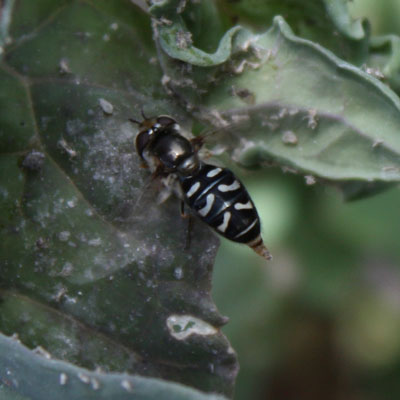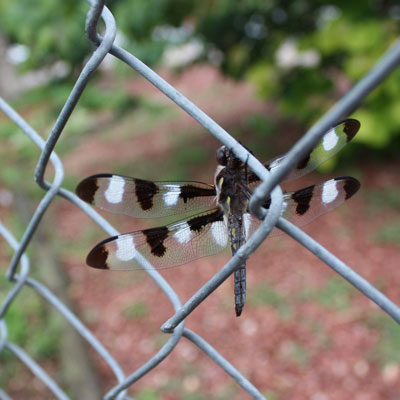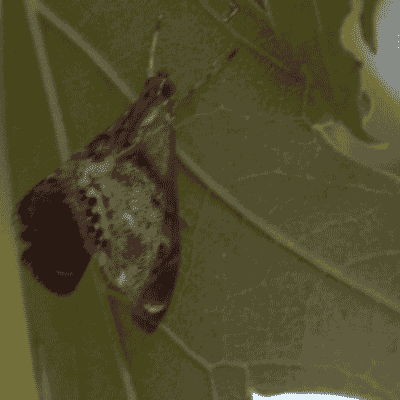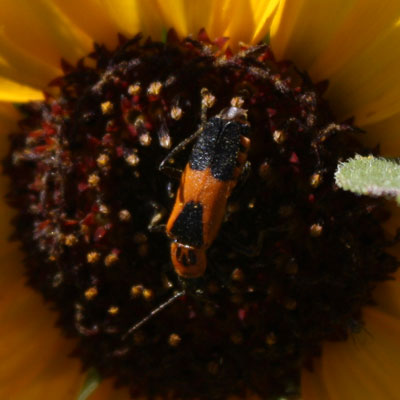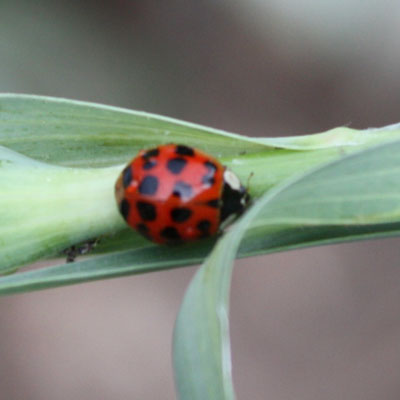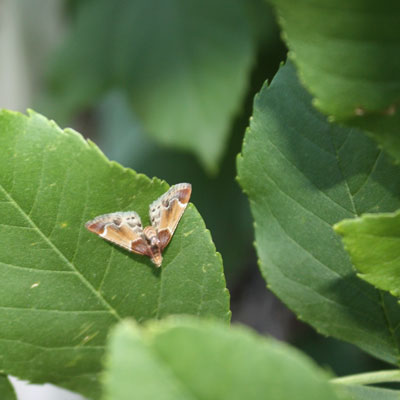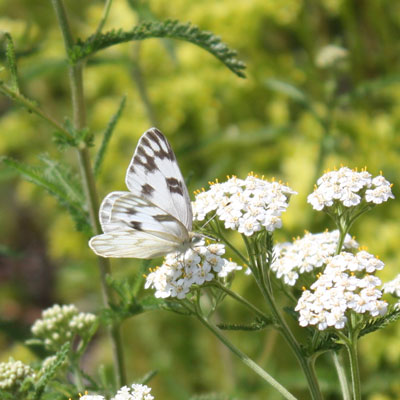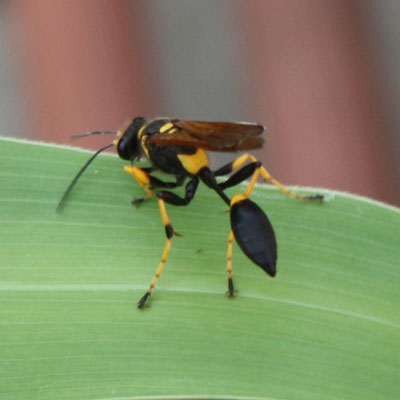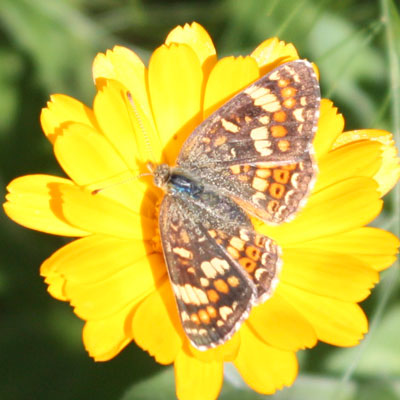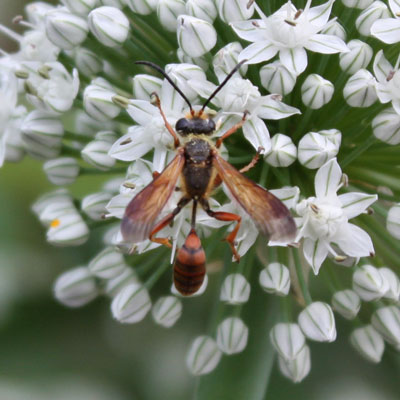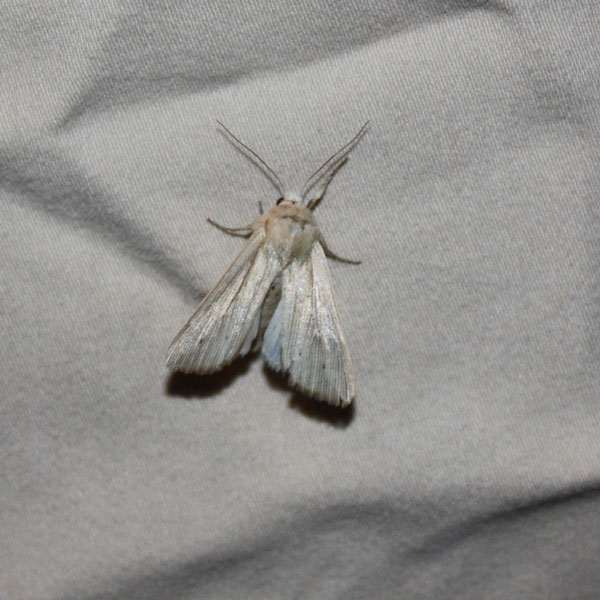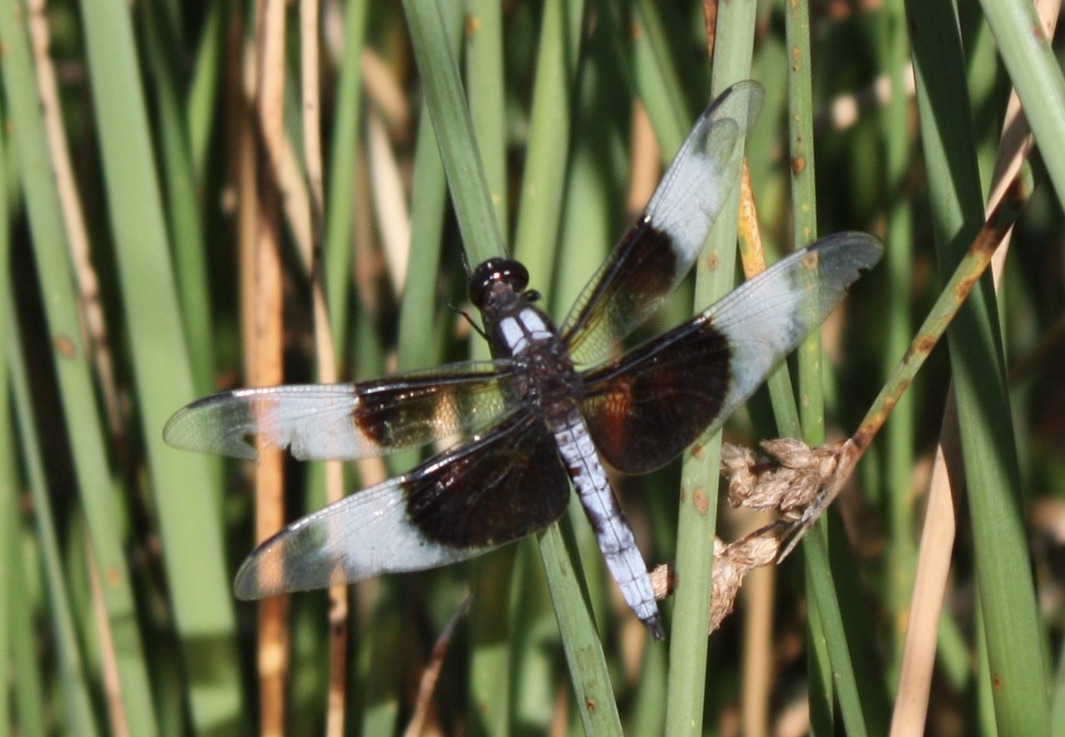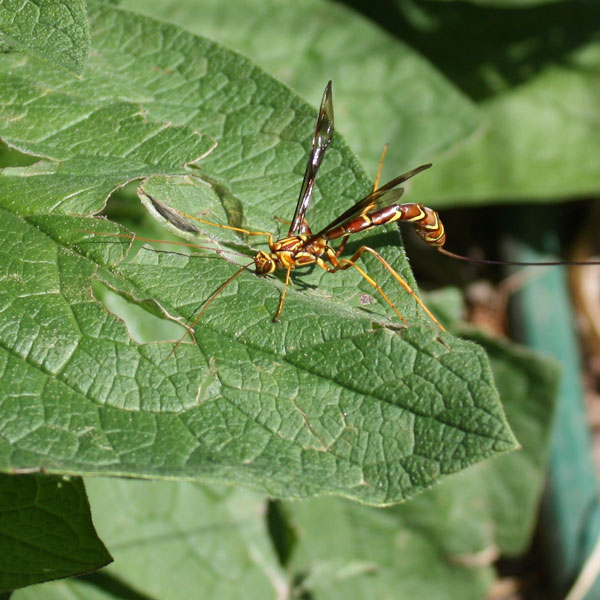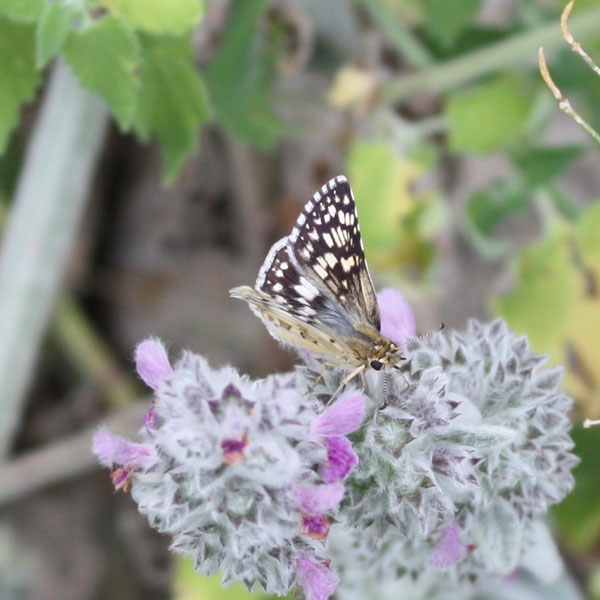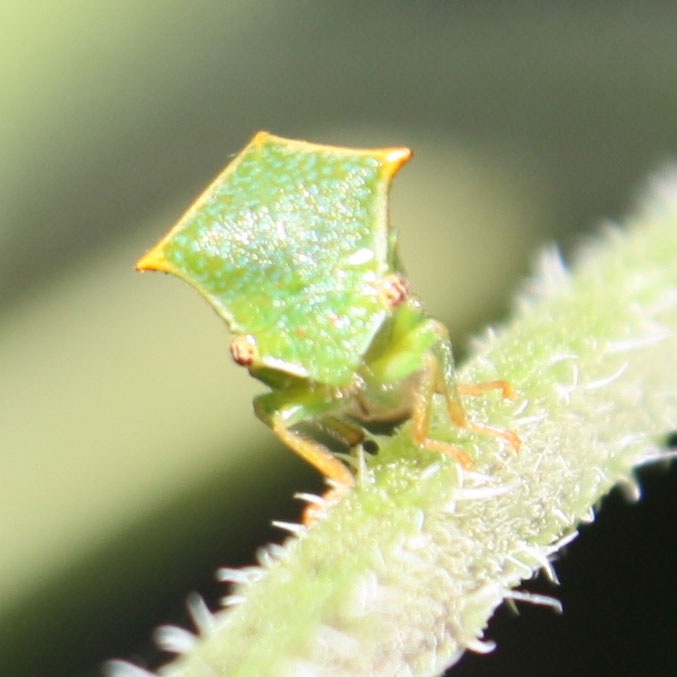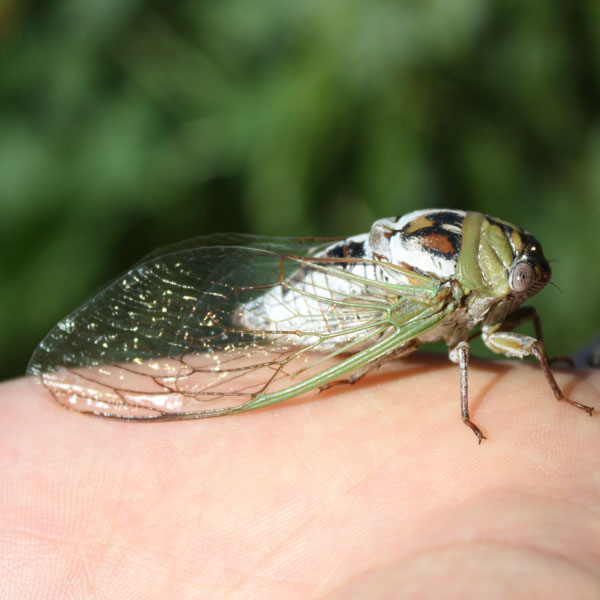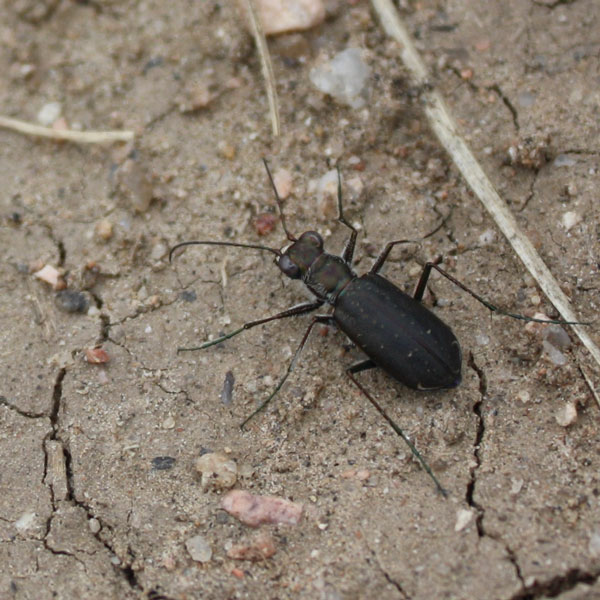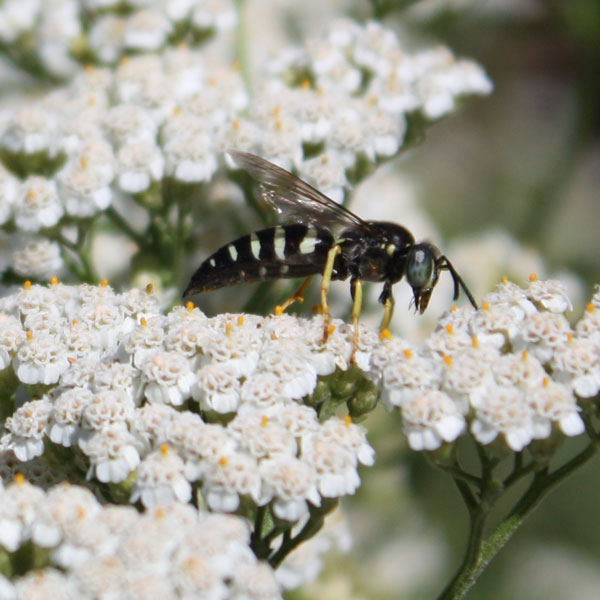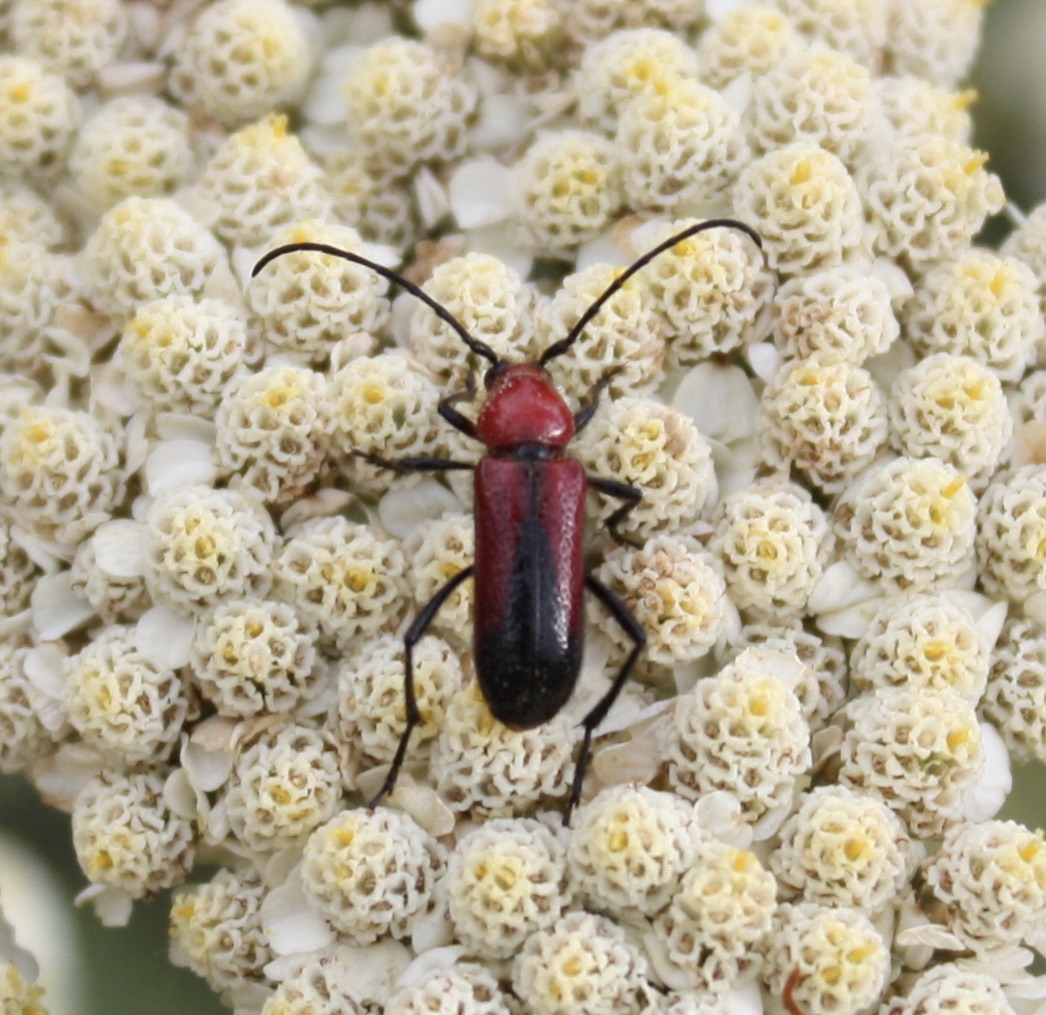What’s In My Backyard?
Explore and Learn: Swarming Ants
For the introduction to this series, see here.
Imagine that you are out in your yard in late summer. It is a hot day and you notice unusual activity around an ant colony so you move closer to see what is happening. Around the entrance, there are ants scurrying around frantically. One of the first things you notice is several ants that are three times larger than the ordinary ants. These giants also have wings like a wasp or bee. You look more closely and you notice ants that are a little smaller than normal and they also have wings. Every so often you notice winged ants taking off and flying away. What is going on here? Is it an ant battle? Maybe the big, winged ants are attacking the colony of small ants?
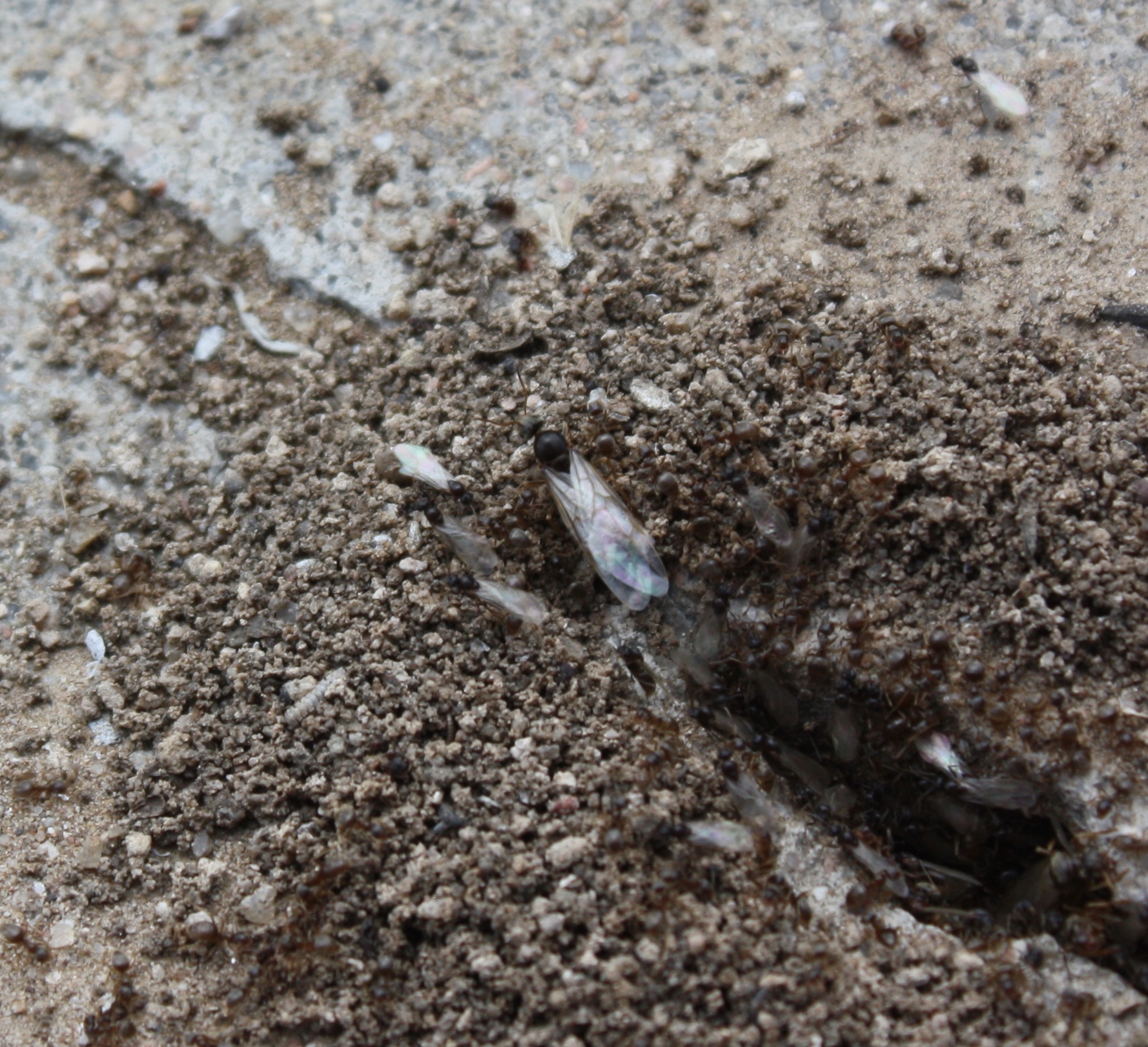
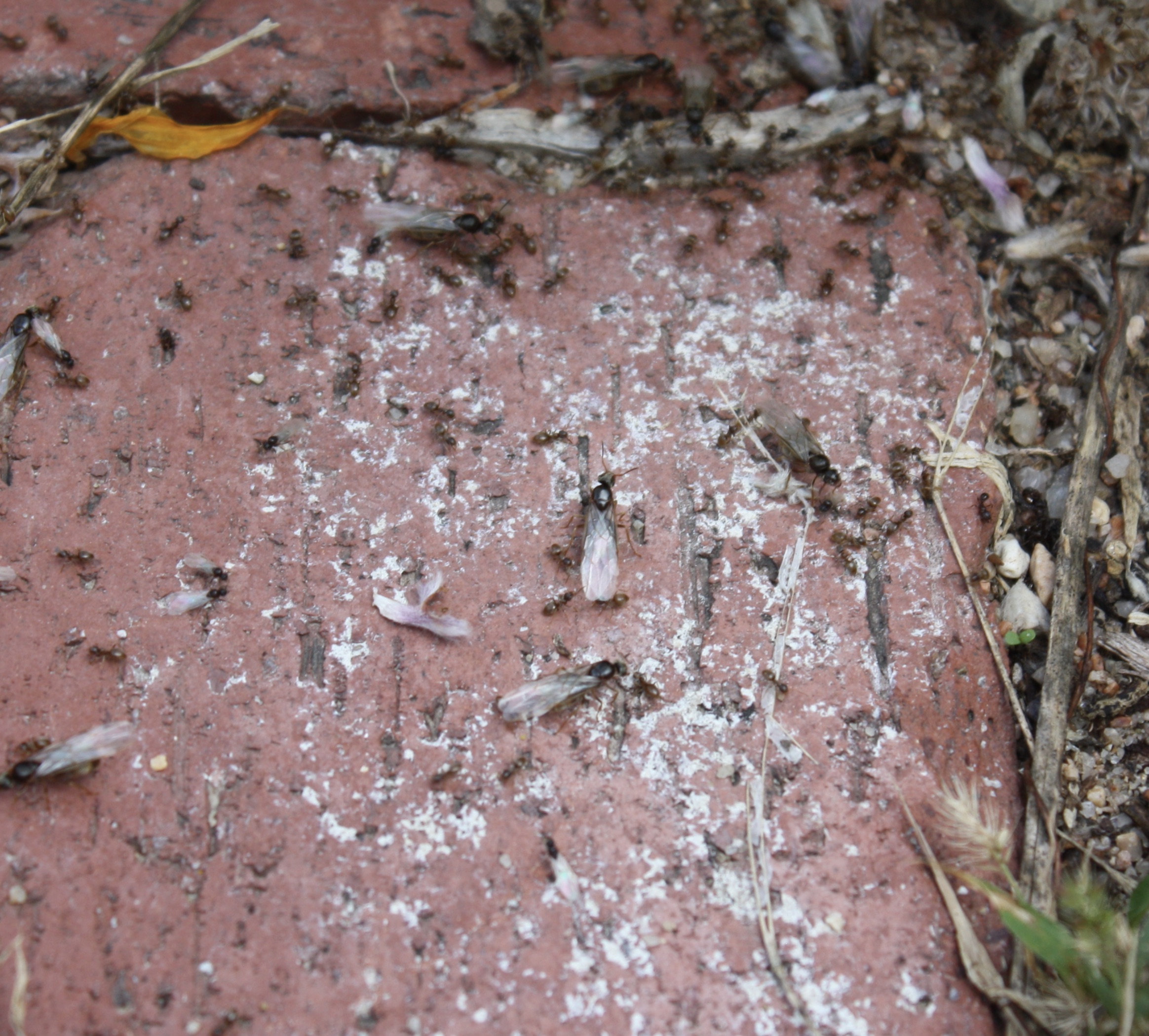
What is actually going on is something called swarming. The ant colony is sending off ants who will start their own colonies. This usually takes place on hot afternoons and evenings in late summer. All the winged ants burst out of the colony. The huge winged ants are queens and the small winged ants are males. Both kinds fly away and mix together to mate. This is pretty risky as lots of birds like to eat winged ants. On the evening that the ants swarmed in my backyard, I noticed a flock of nighthawks flying over the yard. They were probably looking for big fat queen ants to eat.
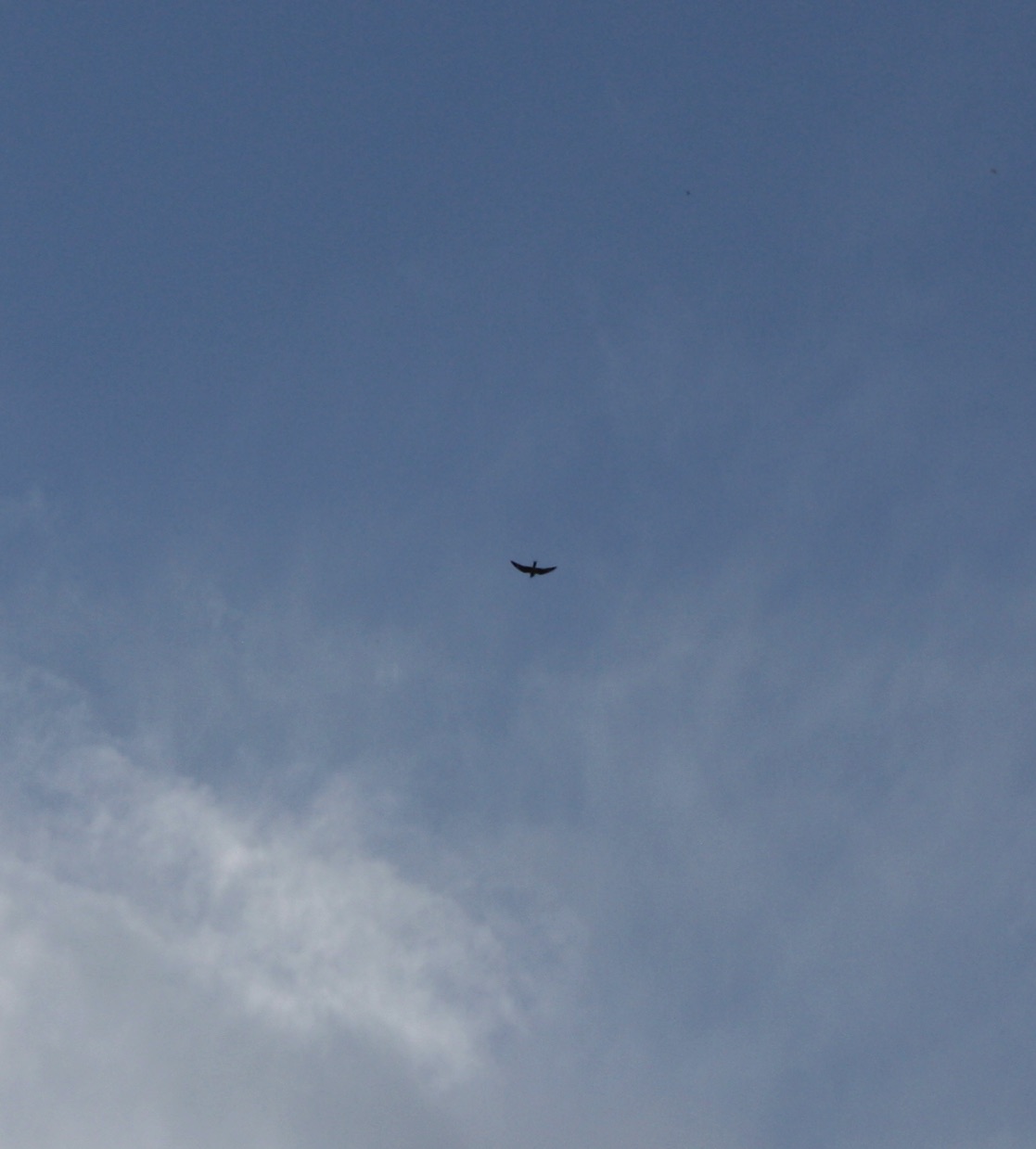
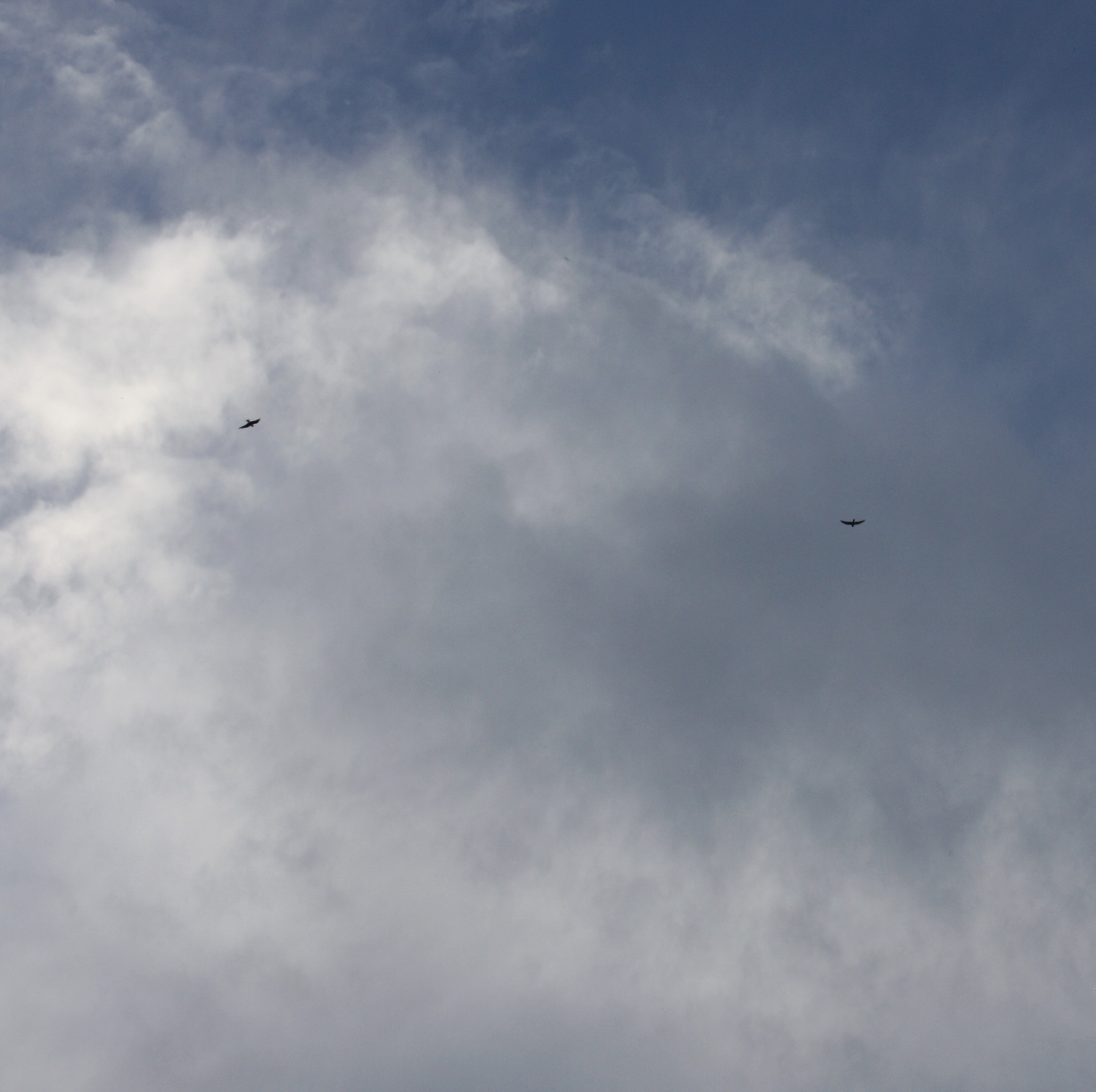
After the queen has mated with several males, she lands on a plant and pulls off her wings. What!? She pulls off her wings? Even though this may seem kind of strange, when you think about it makes a lot of sense. The wings have served their purpose, getting the new queen away from the nest she was born in so that the nest she starts will not be in competition with the old nest. Wings are not well suited for a life spent in narrow passageways. The wings are only lightly attached and after a good riggle and some help from her hind feet, the wings just come off and drift away. I like to put my hand under a winged queen so the wings land in my hand.
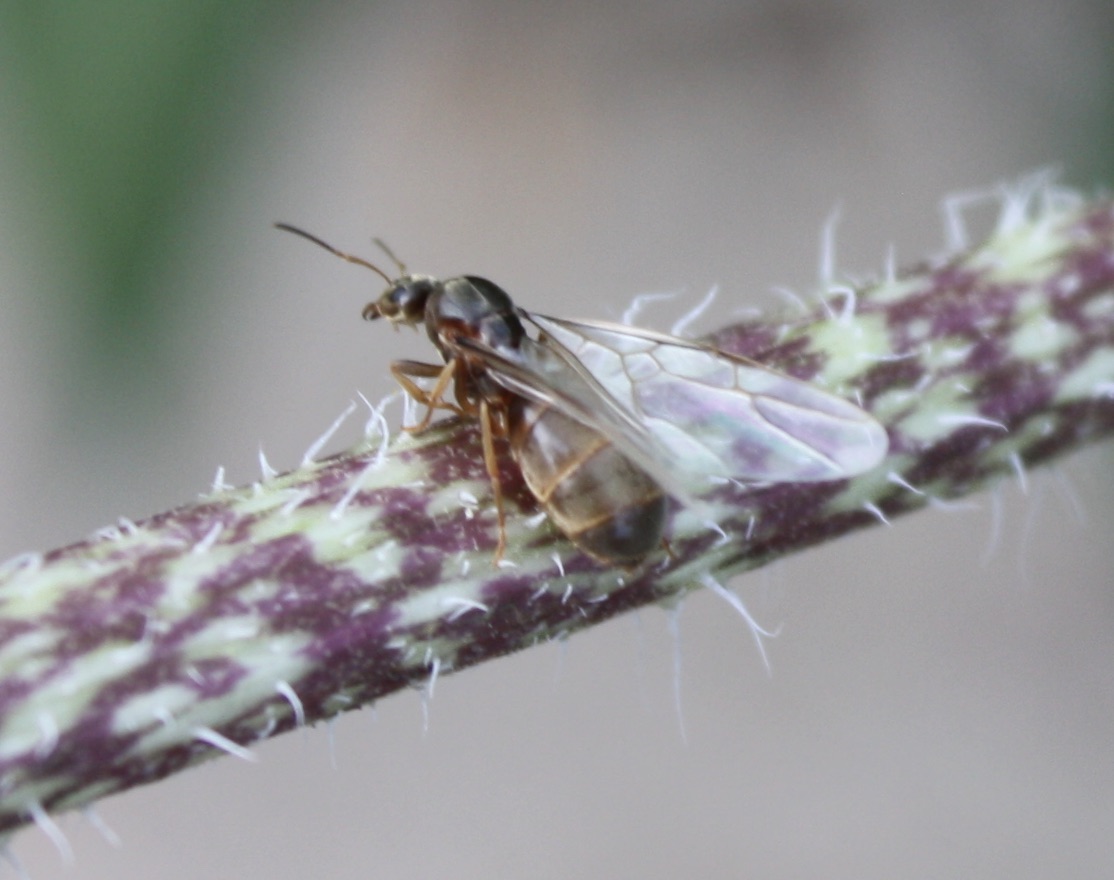
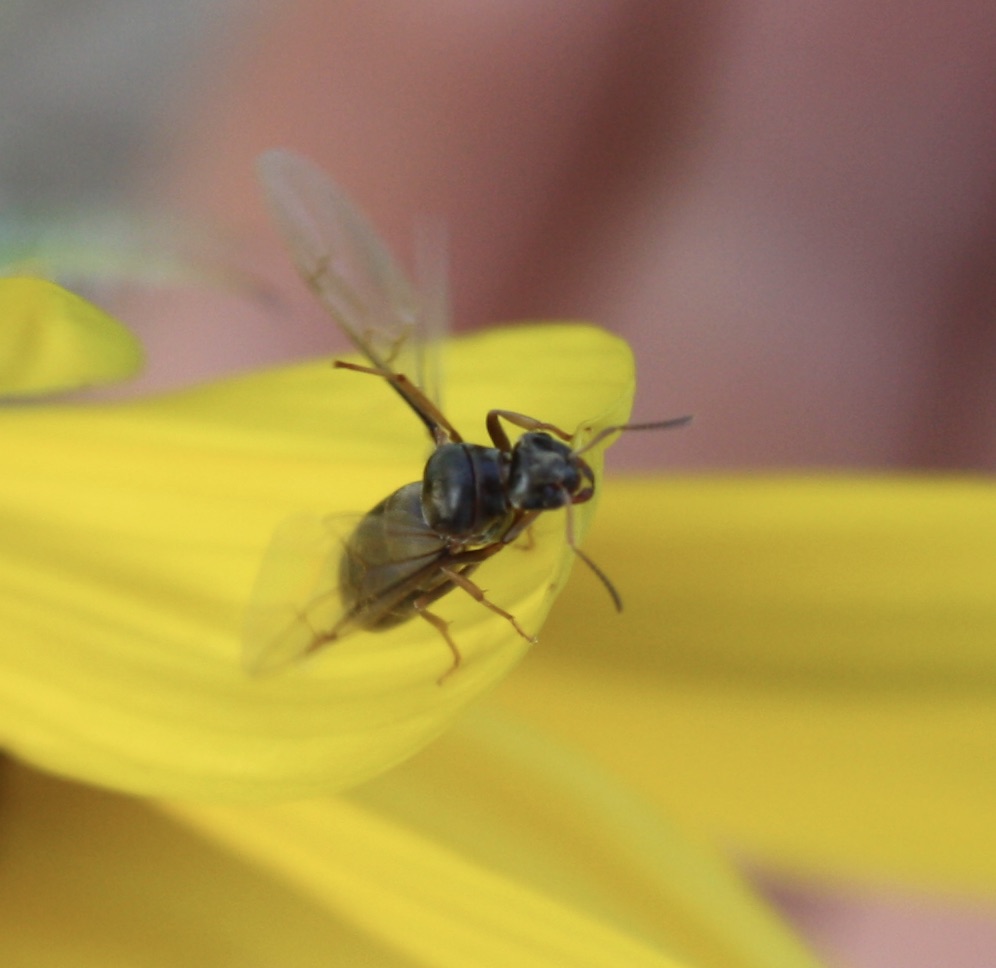
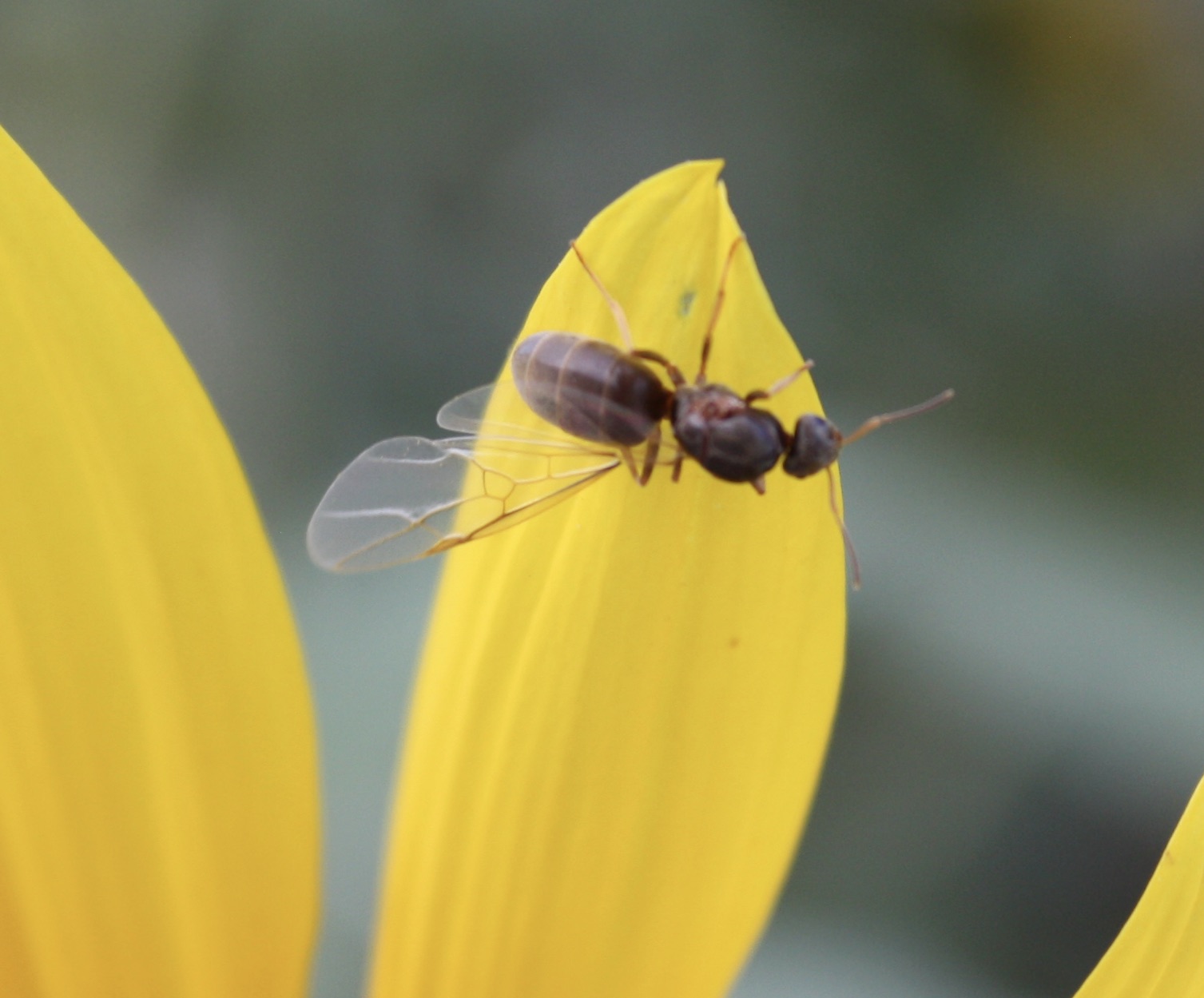
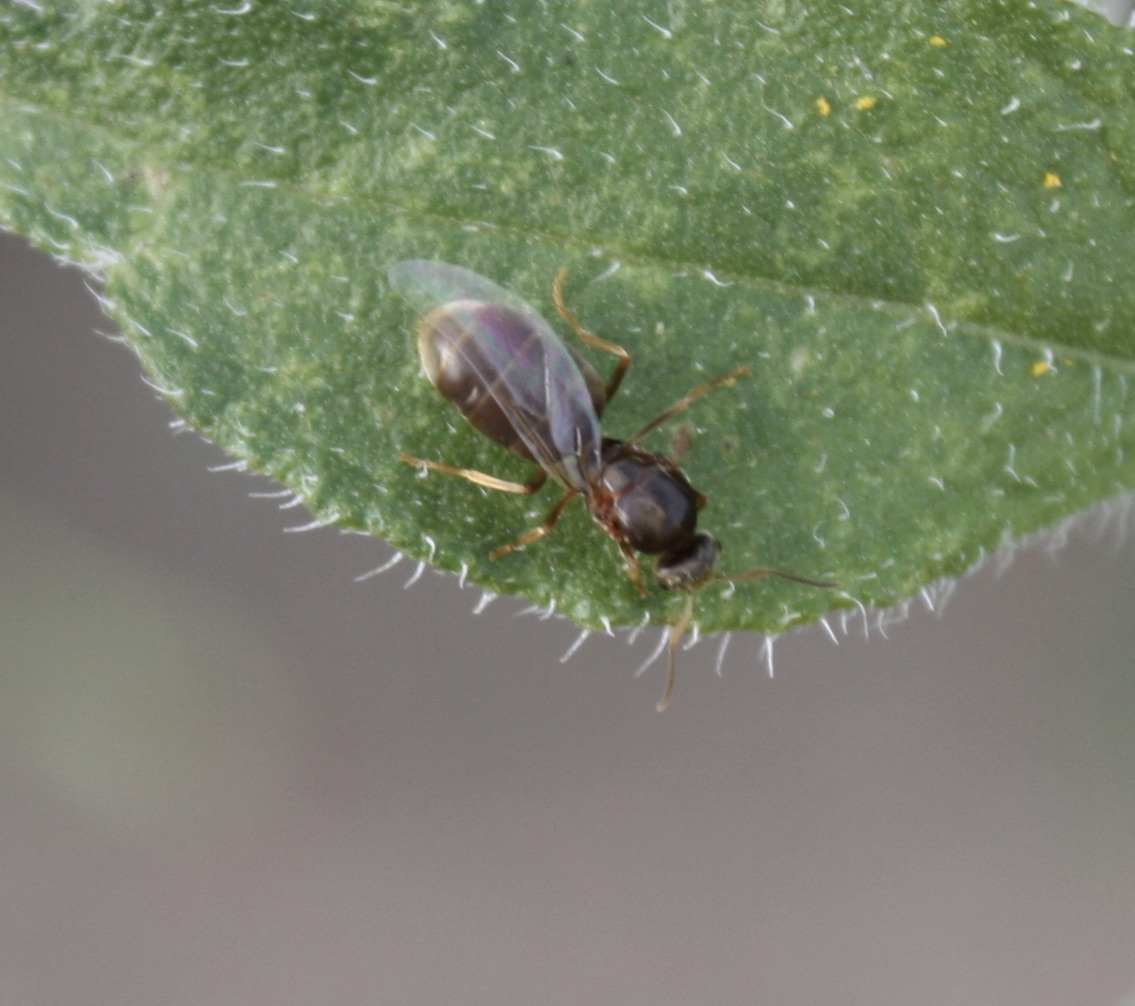
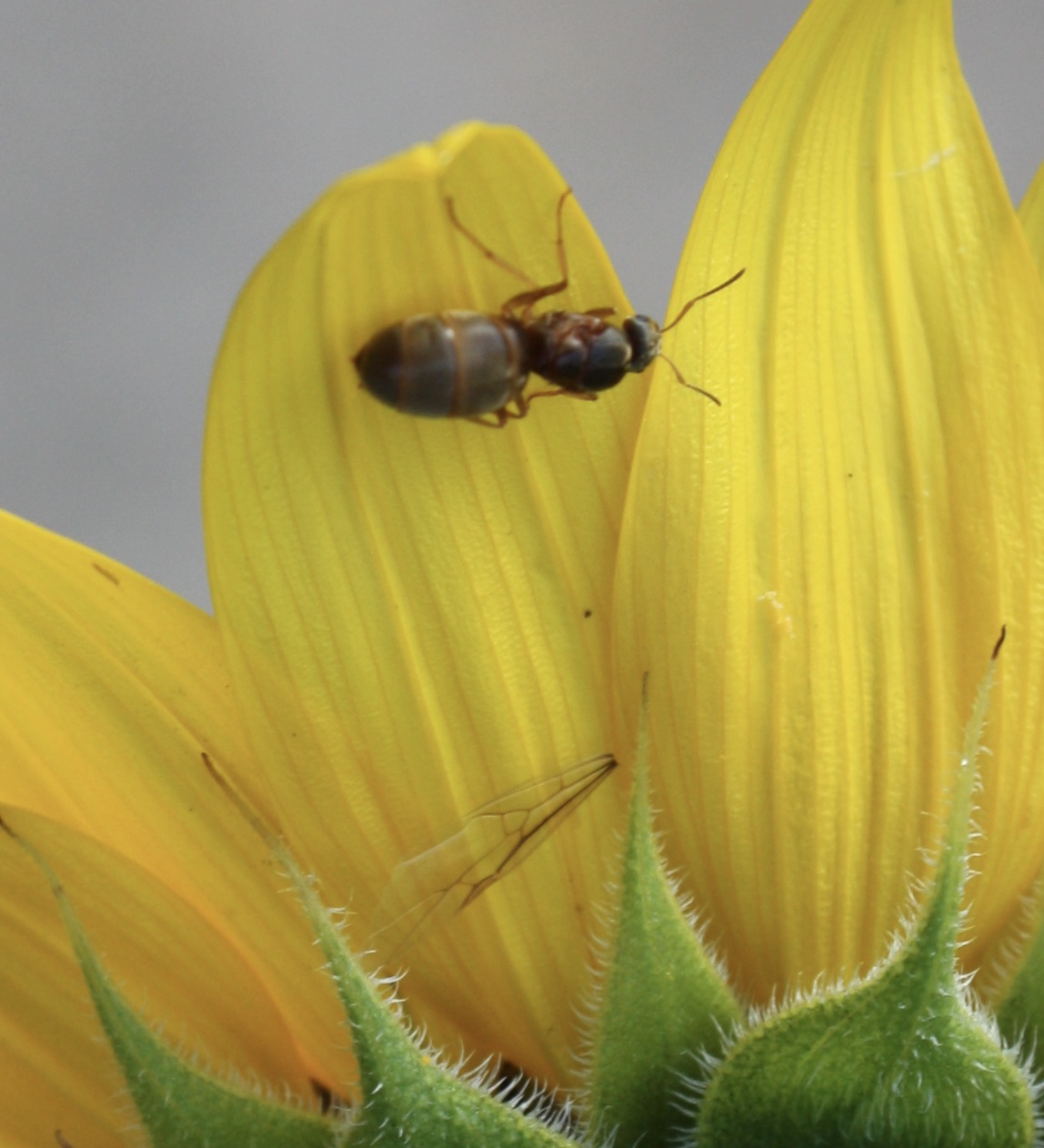
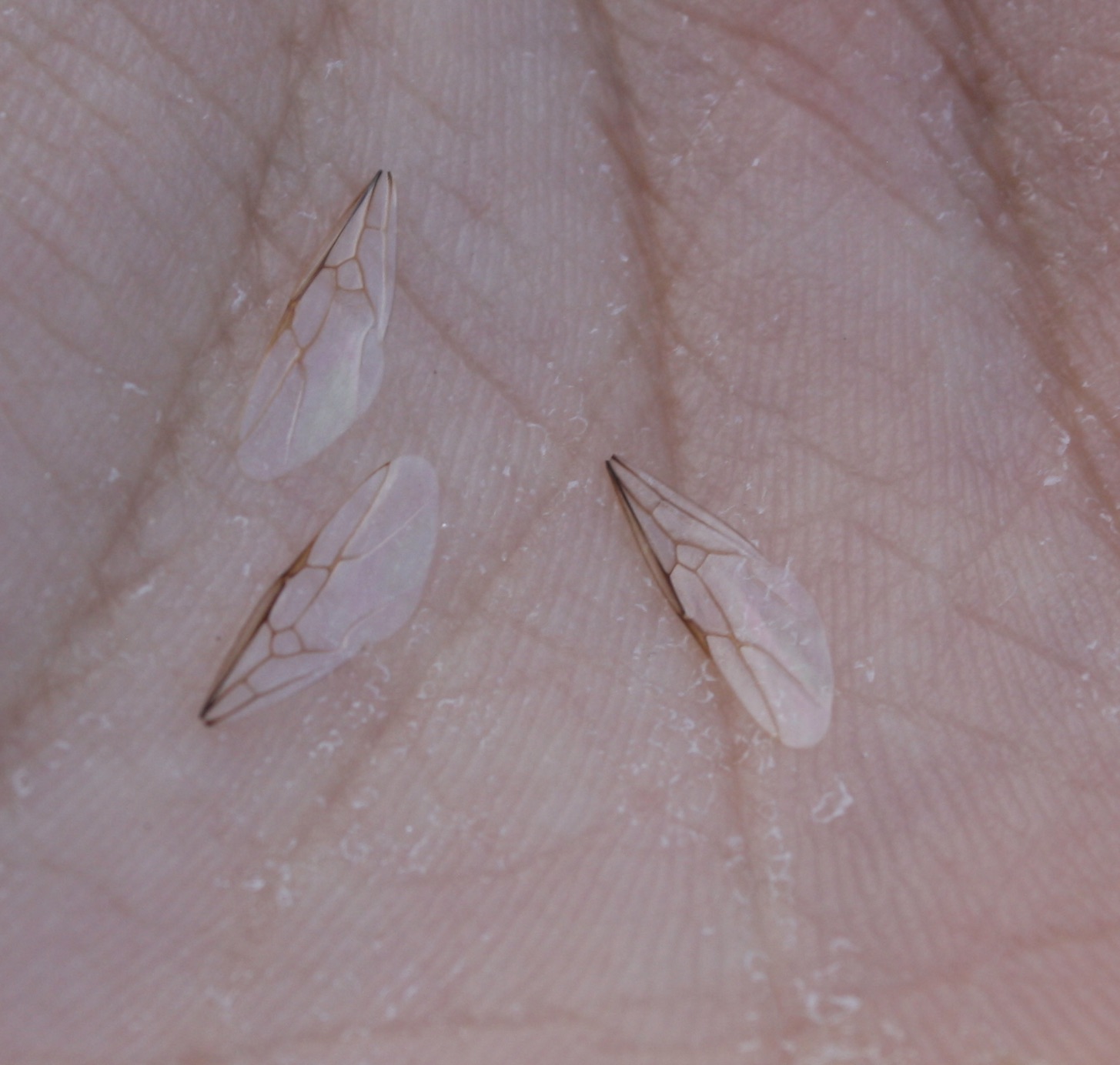
After a rest, the queen goes off to dig a little burrow and lay some eggs. She takes care of these eggs that will eventually become the worker ants of her new colony. After these ants grow up, the queen never does any more work. The workers do all the work and the queen only lays eggs. The workers busily enlarge the nest by digging long tunnels and galleries and bringing the soil up one grain at a time to pile around the entrance to their home. And now there is a new pile of sand pushing up through the cracks in the sidewalk.
